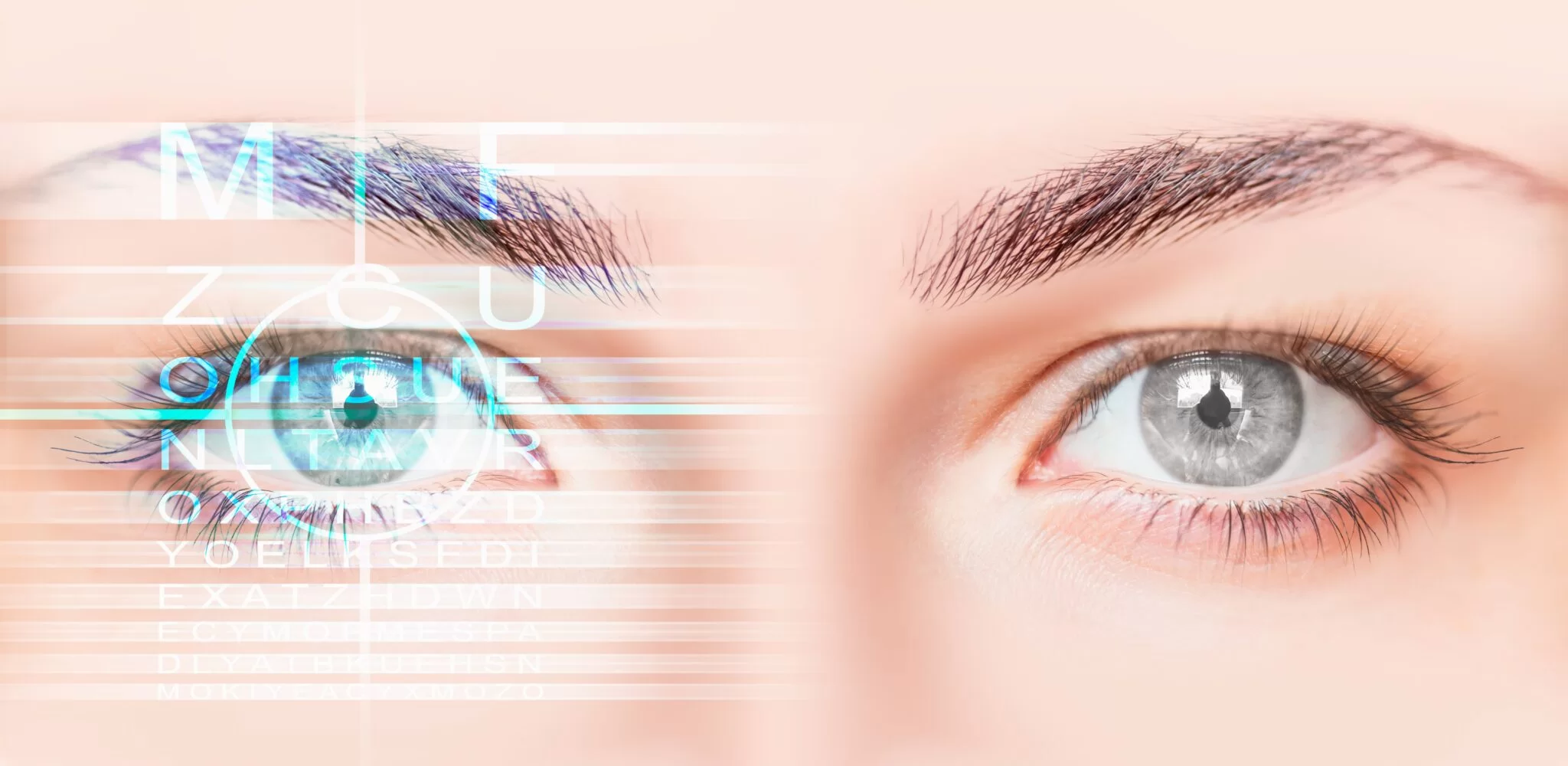QUICK APPOINTMENT FORM

What is Refractive Error?
Refractive errors are common visual impairments that cause the eye to fail to focus light correctly. In particular, this can lead to blurred distance or near vision, eye strain and headaches.
Refractive errors can be diagnosed with a simple eye examination and corrected by various methods such as glasses, contact lenses or laser surgery. Refractive errors are diagnosed with a comprehensive eye examination, which includes
- A visual acuity test, in which you are asked to read letters and pictures at different distances.
- With retinoscopy, your ophthalmologist determines the type and degree of refractive error by reflecting light into your eye.
- The autorefractometry device automatically measures the type and degree of refractive error.
- Your ophthalmologist uses a slit lamp to examine the front and back parts of your eyes in detail.
What are the Types of Refractive Defects?
The eyes consist of a complex system to create clear images by capturing light rays. The perfect functioning of the eye system depends on the correct refraction and focusing of the rays on the retina.
In some cases, however, abnormalities in the shape of the eyeball or dysfunction of the lens can prevent the rays from focusing clearly. This condition is called refractive errors. Myopia (nearsightedness) is characterised by blurred vision of distant objects and clear vision of near objects.
An abnormally long eyeball or excessive curvature of the cornea can cause myopia. Hyperopia (nearsightedness) is characterised by blurred vision of nearby objects and clear vision of distant objects.
If the eyeball is shorter than normal or the cornea is not curved enough, it may cause hyperopia. Astigmatism is characterised by blurred vision at both distances. Irregularity in the curvature of the cornea or lens can cause astigmatism.
Presbyopia (Aged Vision) is a gradual decrease in the ability to see near, which occurs around the age of 40. The loss of elasticity of the lens of the eye is the main cause of presbyopia. Among the most common symptoms of refractive errors are the following:
- Eye fatigue and headache
- Blurred vision
- Itching and watery eyes
- Difficulty driving at night
- Difficulty paying attention
What are the Symptoms of Refractive Defects?
- Blurred vision
- Eye strain
- Headache
- Watery eyes and itching
- Difficulty driving at night
- Inability to see clearly at near or far distances
Treatment of Refractive Defects
Refractive errors can be diagnosed by an ophthalmologist during a comprehensive eye examination. During the examination, your doctor will test your eyes for visual acuity, examine the movement of your eye muscles and measure the shape of your eyeball.
Refractive errors can usually be treated with glasses, contact lenses or laser surgery. Glasses are lenses that are placed in front of the eyes to correct the refractive error. Glasses are the most common and cheapest refractive error treatment.
Contact lenses are thin plastic lenses that are placed directly on the cornea of the eye. They can provide a wider field of vision than glasses and may be more comfortable for some people. Laser surgery uses a laser beam to correct refractive error by changing the shape of the cornea.
Laser surgery can provide clear vision without the need for glasses or contact lenses. The best treatment option for you depends on your age, general health, lifestyle and vision needs. Your ophthalmologist will help you choose the most appropriate treatment for you.
It is not possible to prevent most refractive errors. However, thanks to these treatment methods, it is possible to stop or delay the progression of defects.
Refractive Defects and Laser Surgery
The use of glasses and contact lenses has become a part of daily life for many people with refractive errors such as myopia, hyperopia and astigmatism. Laser surgery offers an effective method to correct such defects and eliminate the need for glasses or contact lenses.
Laser surgery corrects these defects by changing the shape of the transparent front layer called the cornea. Thus, light can be focused on the right point of the retina and clear vision is achieved. There are different laser surgery methods. The most commonly used methods are LASIK, PRK and LASEK.
The advantages of laser surgery include the following:
- Eliminates the need for glasses and contact lenses.
- Significantly improves the quality and acuity of vision.
- It is a fast and painless procedure.
- It offers permanent results.
- Improves quality of life.
How much does the diagnosis of refractive errors cost?
The price of diagnosing refractive errors varies depending on the tests to be performed. The treatment plan to be created by our specialist ophthalmologist depending on the detailed examination results may vary from person to person.
Please click here for appointment and price information.
The above information is for informational purposes. If you have any medical concerns or questions, please make an appointment with our ophthalmologists.
-Hyperopia: Farsightedness.
-Astigmatism: Blurred vision at both near and far distances.
-Contact lenses
-Laser surgery (LASIK, PRK, LASEK, NO TOUCH LASER)



















